
views
Marking the Placement

Separate the snap from the package. Most snaps will be pressed together between the packaging when you buy them. To remove the snap, pull the front and back of the snap apart in opposite directions. Both pieces should come away from the packaging. The ball side of the snap is the piece that you'll attach to the bottom of your project. You'll be able to push the socket side of the snap down onto the ball to close the snap.
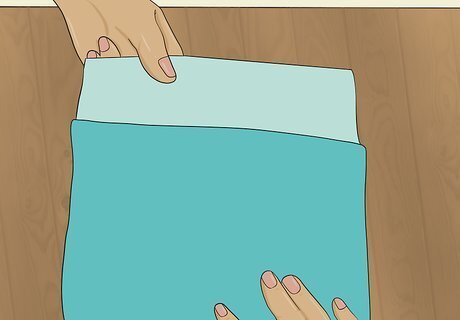
Position your project so the layers are where you want them. In order to mark the right places for the parts of the snap, you'll need to fold or position fabric layers. For example, if you're making a pouch, fold over as much fabric as you'd like to make the opening. If you're putting snaps on a shirt, lay the front edge of the shirt over the opposite side so they overlap enough for you to add the snap. If your fabric won't stay in place, consider ironing it so it won't unfold or shift around while you work.
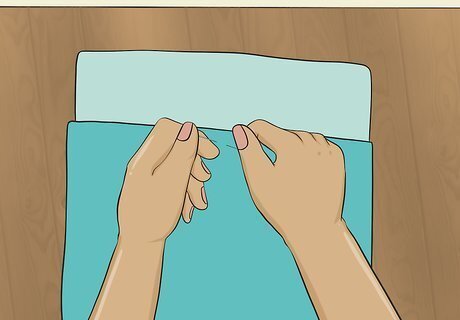
Stick a pin where you want to sew the snap on the fabric. Take a sharp sewing pin and insert it through your project where you want to place the snap. Ensure that you push the pin through the top layer of fabric so it comes out and touches the bottom layer of fabric. This will help you position both sides of the snap. For example, if you're adding a snap to the top of a pouch, fold the pouch over as though you're snapping it shut. Then, stick the pin through the top layer of fabric.
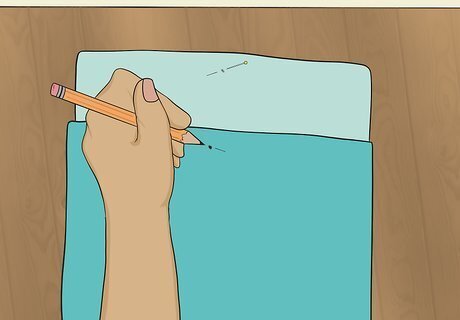
Mark both layers of fabric with a fabric pen or pencil. While the sewing pin is inserted, get out something to mark the fabric with and make a small dot where the pin touches the bottom layer of fabric. Then, lift the top layer of fabric back so you can make a mark where the pin is still sticking out of the fabric. If you're making a lining for your project, put in the snaps before sewing in the lining. The lining will hide the stitches on the back of your snaps. EXPERT TIP Shaelynn Haning Shaelynn Haning Professional Tailor & Business Owner Shaelynn Haning is a Tailor & Business Owner based in Tulsa, Oklahoma. Shaelynn is the founder of the highest-rated and most-reviewed alterations and tailoring service in Oklahoma, Tallgrass Tailor, employing a team of skilled craftsmen and women from across the country and the world. Shaelynn is a member of the State of Oklahoma Education Careers and Technologies Board and a member of both the Custom Tailors and Designers Association and the Association of Sewing and Design Professionals. She is the host of The Sew Show with Shae, an entertaining and educational sewing channel posting weekly videos on YouTube. Shaelynn earned her BS in Apparel Design and Product Development from Marist College. Shaelynn Haning Shaelynn Haning Professional Tailor & Business Owner Snap alignment matters for both use and looks. When sewing snaps, lining them up right is key to both make the snaps work well, and for them to look attractive. Misaligned snaps may fasten but will look messy, showing careful measuring matters for alterations.
Stitching the Ball-Sided Piece
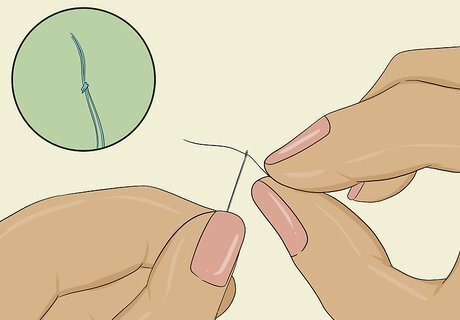
Thread a sewing needle and tie a knot at the end of the thread. You can use any color of thread for your project, so decide what look you're going for. If you want the snap to blend in, choose a thread color that matches the fabric. For fun snaps that really stand out, pick a bold thread color that pops. Thread your needle with at least 1 foot (30 cm) of thread and tie a knot at the end. Use whichever size needle you feel comfortable with.
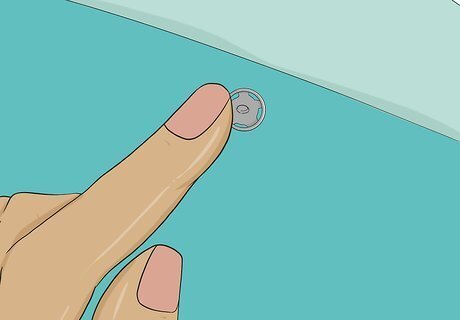
Hold the ball-sided piece on the bottom piece of fabric. Use your non-dominant hand to put the ball-sided piece of the snap onto the mark you made. Remember that it should be on the bottom fabric piece. For example, if you're making a snap for a shirt, the ball-sided piece will be on the edge of the fabric that's underneath the seam or edge.
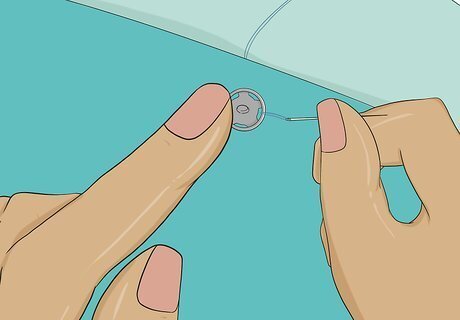
Bring the needle up from under the fabric through one of the holes. Keep the snap in place while you hold the needle in the other hand and pull it from under the fabric. Bring the needle up and out through one of the holes in the snap.Tip: Try not to poke your fingers as you bring the needle through the snap! You may want to wear a thimble to protect your finger. It doesn't matter which hole you begin with since you'll eventually sew through all of the holes.
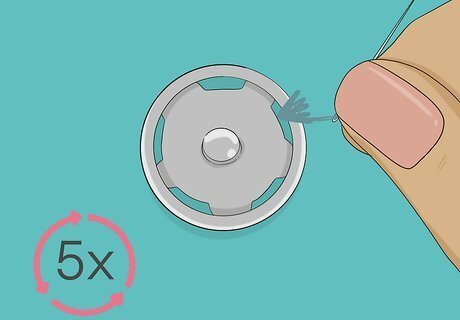
Stitch around the hole 5 times. Bring the needle over the edge of the snap and push it down through the fabric. Then, pull the needle back up through the same hole. Repeat this at least 5 times to secure this part of the snap to the fabric. If your snap will be decorative and you won't be pulling on it very much, you could sew the hole 3 times instead of 5.
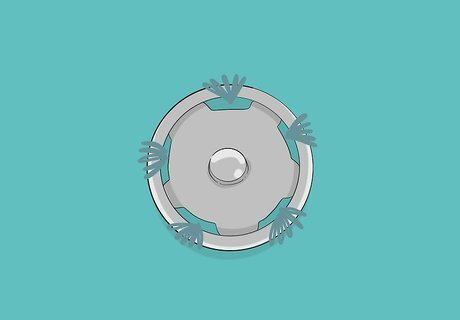
Sew through each hole to secure the snap. Once you've sewn through 1 of the holes, begin sewing the opposite hole. Remember to stitch up and around the edge at least 5 times. Then, sew the remaining holes so the snap doesn't slide around at all.
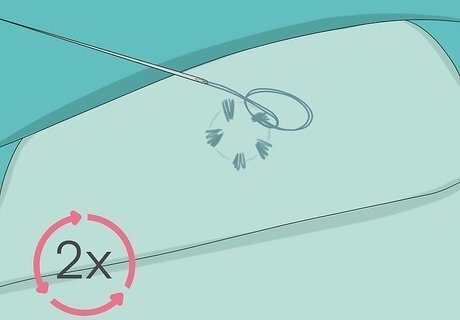
Turn the fabric over and tie a knot on the back of the snap. Flip the piece over so you can see the back of the snap that you just sewed in place. Slide your needle under one of the stitches and pull until the thread forms a loop. Then, insert your needle through the loop and pull it tightly to make a knot before you cut the excess thread. If you'd like the snap to be more secure, make an extra knot on the back.
Sewing the Socket Piece
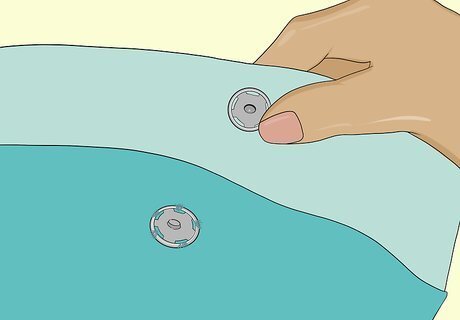
Position the upper layer of fabric. Pay attention to how the fabric will be folded once your project is done and look for the mark you made earlier. For example, if you're making a shirt, you'll be sewing the socket piece onto the top layer of fabric, but you'll need to do it on the underside of the fabric so it can come into contact with the bottom of the snap. To make a pouch with an opening that folds over, unfold the opening so you can find the mark and attach the upper snap piece to the underside of the fabric.
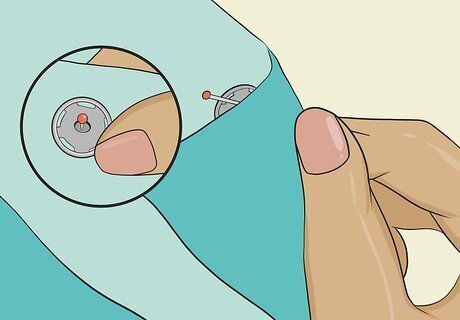
Place the socket piece of the snap on the mark and push a pin through it. Since the socket piece is a little wobblier than the ball-sided piece, you'll want to insert a sewing pin through the tiny hole in the very center. This will keep the piece from sliding around while you sew. You'll still want to hold the socket piece in place as you stitch through each hole.
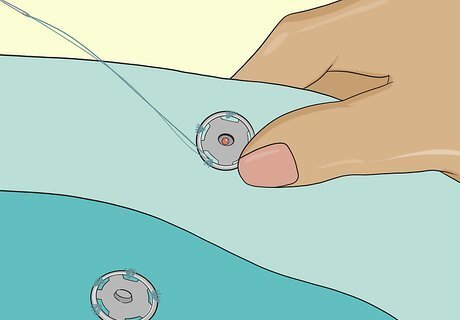
Sew 5 loops through each hole across the socket piece. You'll sew the socket piece to the fabric just like you did for the bottom piece. Bring your needle under the piece so it comes out through one of the holes. Then, sew it over the side and down through the fabric. Do this 5 times for each hole so the piece is secure.Tip: To test if your snap is in the right place, fold the upper fabric over the bottom and snap the pieces together. The fabric should be where you want it for your project.
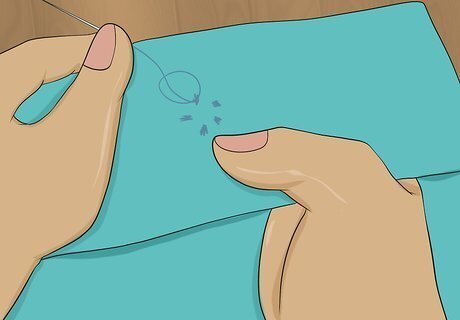
Flip the fabric over and tie a knot in the back. Turn the upper fabric piece over and you should see the stitches you just made. Insert your needle under a stitch and pull it until the thread becomes a loop. Bring the needle through the loop and pull tightly. This will make a knot and you can trim the end of the thread. Make another knot if you'd like the upper snap to be even more secure.




















Comments
0 comment